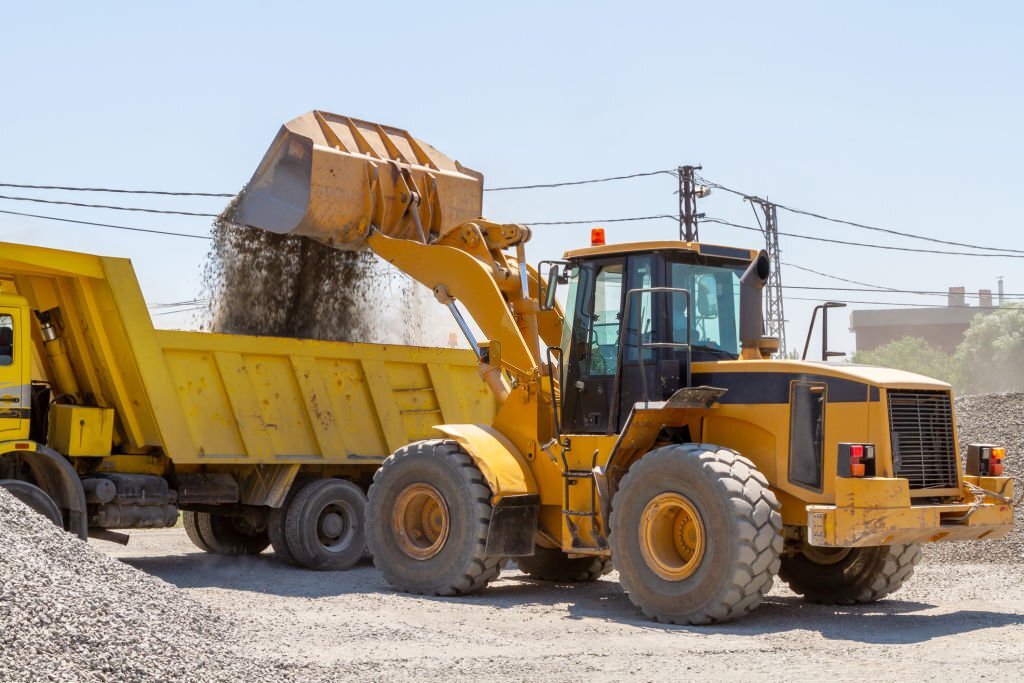
Material handling equipment and heavy equipment are two distinct categories of machinery commonly used in various industries. While both play essential roles, they serve different purposes and have distinct functionalities. In this article, we will delve into the difference between material handling equipment and heavy equipment, exploring their specific applications, functionalities, and characteristics. Understanding this distinction will provide clarity on how each type of machinery contributes to different aspects of industrial operations.
Functionality and Applications:
Material Handling Equipment: Material handling equipment primarily focuses on the movement, storage, control, and protection of materials and goods throughout various stages of production, warehousing, distribution, and logistics. This equipment facilitates efficient and safe handling, transportation, and positioning of materials within a facility or between different locations. Examples of material handling equipment include forklifts, conveyors, pallet jacks, and automated systems. They are crucial in industries such as manufacturing, warehousing, retail, and logistics, enabling the smooth flow of goods and resources.
Heavy Equipment: Heavy equipment, on the other hand, encompasses a broader range of machinery used for heavy-duty tasks in industries such as construction, mining, forestry, and agriculture. Heavy equipment is primarily designed for demanding applications involving construction, excavation, earthmoving, and other tasks requiring significant power and capability. Examples of heavy equipment include bulldozers, excavators, loaders, cranes, and dump trucks. These machines are known for their robust construction, large-scale operations, and specialized attachments to tackle challenging terrain, lifting heavy loads, and other heavy-duty applications.
Characteristics:
Material Handling Equipment: Material handling equipment is characterized by its focus on efficient and safe movement, storage, and transportation of materials. These machines are designed to handle specific material types, such as palletized loads, bulk materials, or packages. Material handling equipment often features lifting mechanisms, conveyors, or automation systems to streamline operations and optimize workflow. They prioritize precision, control, and flexibility to ensure the efficient handling of goods and materials.
Heavy Equipment: Heavy equipment, on the other hand, is characterized by its capability to perform heavy-duty tasks in rugged environments. These machines are built to withstand demanding conditions and operate effectively in construction sites, mines, or agricultural fields. Heavy equipment is known for its robust construction, powerful engines, and specialized attachments for specific applications. They focus on high productivity, power, and durability to handle challenging tasks such as excavation, lifting, or earthmoving.
Conclusion:
Material handling equipment and heavy equipment are distinct categories of machinery with different functionalities and applications. Material handling equipment focuses on the movement, storage, and transportation of materials within production, warehousing, and logistics operations. Examples include forklifts, conveyors, and pallet jacks. On the other hand, heavy equipment encompasses a broader range of machines used for heavy-duty tasks in industries such as construction, mining, and agriculture. Examples include excavators, bulldozers, and cranes. Understanding the differences between these two types of equipment is crucial in selecting the appropriate machinery for specific operational needs, ensuring efficient and safe operations in various industries.

